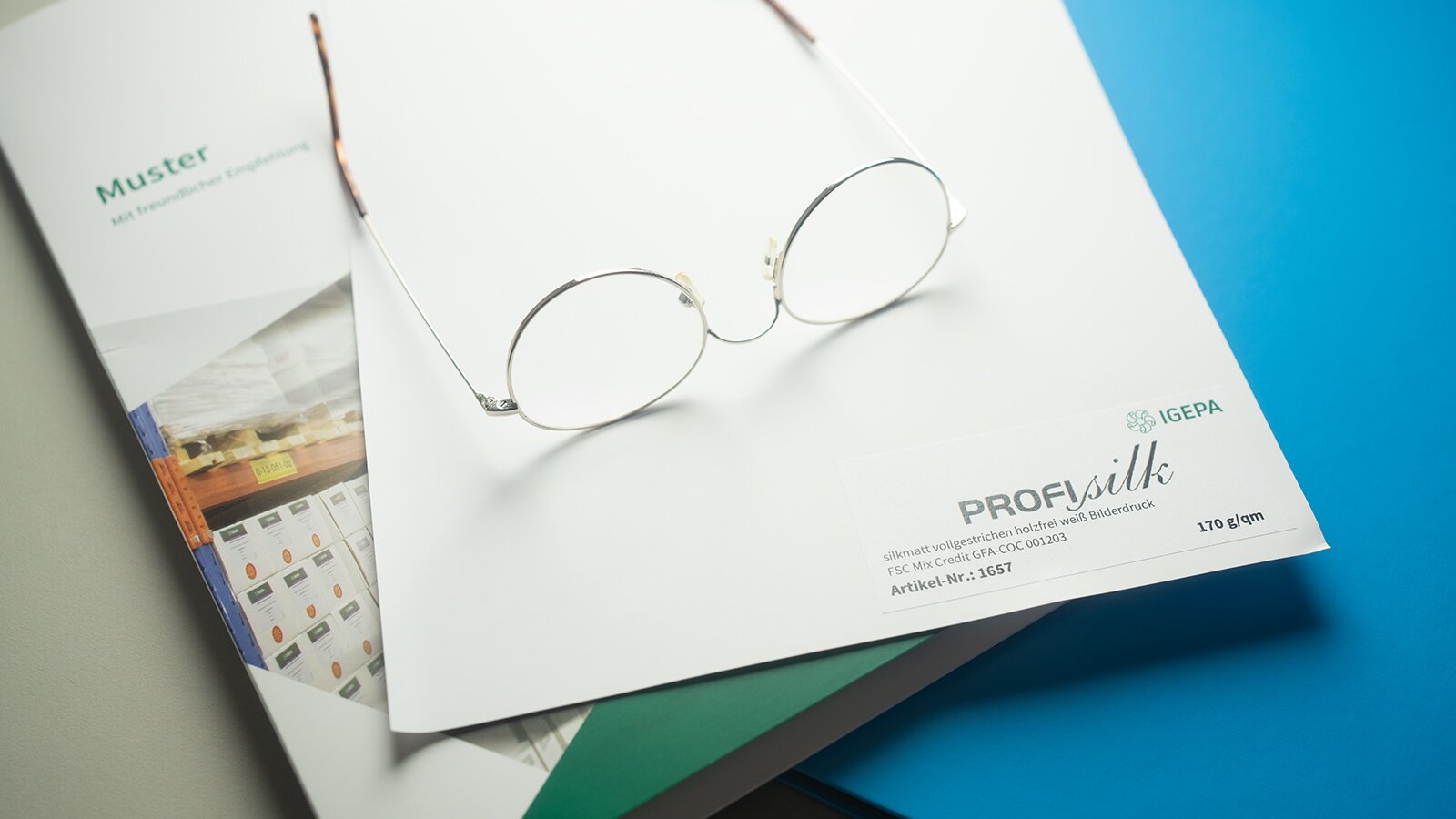My two previous photo books already had high-quality, durable paper. One that doesn't curl when the humidity in the room rises and that doesn't show through. It also has to have a pleasant haptic quality, i.e. feel good in the hand. And, of course, it must not turn yellow.
Coated vs. uncoated
Coated paper is treated with a thin layer of compounds, providing a smooth surface. This coating enhances color vibrancy, sharpness, and overall print quality. Uncoated paper lacks this outer layer, offering a more natural and textured feel. While uncoated paper can evoke a classic aesthetic, coated paper is often favored for its ability not to yellow over time. This and the fact that details in print quality are improved were both crucial factors for me. So, as with my previous books, I chose coated paper again.
Why a new paper?
You may be wondering why I didn't just use the same paper as last time. In the wake of the pandemic and all the economic changes, the paper manufacturer from back then no longer exists. Companies have merged and new paper names have emerged. So I had to look around again and reassess the quality.
My choice of paper
Profisilk picture print 170gsm
Silkmatt fully coated wood-free white with non-reflective surface, high stiffness, brilliant color reproduction, elegant feel
I had the technical jargon explained to me
The grammage of the paper is 170gsm. Typical office paper is 80gsm, i.e. less than half as thick. With 170gsm you have a perfect, high-quality thickness for a book paper.
Silk matt indicates a matt surface, but with a certain silky sheen or shimmer. This type of surface is smooth, but does not reflect as much as a glossy surface. To be precise, it has 20% gloss at 75° according to ISO 8254-1.
Fully coated means that the paper has a coating that makes it smoother and more suitable for printing. Fully coated paper is coated with a layer of mineral pigment to smooth the surface and improve color reproduction.
Roughness, opacity and britghness
The paper's roughness is at 1.8% according to ISO 8791-4. Paper roughness is typically measured through the Bendtsen Roughness Test where a specified volume of air is blown between the paper surface and a flat glass surface. The rate of air flow is then measured. A value of 1.8% indicates a very smooth paper surface.
High-quality printing and writing papers typically have opacity values ranging from 80% to 95%. These papers are designed to minimize show-through and ensure that printing on one side does not significantly impact the readability of the other side. My chosen paper has an opacity of 98% according to ISO 2471.
The brightness (or whiteness) of my chosen paper is at 101% (measured with Illuminant D65/10°, ISO 2470-2). A typical newspaper lies between 50 and 70%, uncoated paper between 80 and 90%. 101% therefore indicates that the paper is very white. However, it does not glow in the dark (as the blasting of the scale might suggest).
Joking aside: The value of 101% is due to the fact that the surface reflects minimally when exposed to light. It is this matt sheen that I was talking about.
Decoding wood-free paper
The term wood-free paper can be a bit misleading as it doesn't imply that no trees were cut. Rather, it refers to the process of paper production. Traditional wood-containing paper is made through mechanical pulping, preserving all three main wood components: cellulose, hemicellulose, and lignin. The resulting fiber, called wood pulp, is then used for paper production.
In contrast, wood-free paper incorporates a chemical step into the process. Through the combination of chemicals, pressure, and heat, the lignin in the wood is broken down and made soluble. This results in a pulp with minimal lignin, allowing for easy separation of fibers. While wood-free paper still ultimately involves wood, it reduces the environmental impact and enhances paper quality by reducing the presence of lignin, cellulose, and hemicellulose.
FSC Mix label
The FSC-Mix label provides consumers with the assurance that the paper product they are using has been sourced and produced with consideration for environmental and social responsibility.
I always have a hard time when it comes to such labels, because it is impossible for us to actually verify them. I want to trust that the forest management and timber extraction have been carried out sensibly. That's why I don't make a big deal of mentioning that the paper in my book has an FSC Mix label.
I studied various paper samples, read data sheets and, above all, did the hand test. I felt the papers and looked at the print results on these papers.
Paper nerd
Even if this article has become totally nerdy, I wanted to reveal my process of paper selection and the differences that do exist. Paper plays a major role in a product like this. And the closer you look, the more there is to consider.
Store books in a cool, dry, and dark place
While the exact lifespan of paper can be influenced by factors such as storage conditions and environmental elements, it's reasonable to anticipate that the chosen paper's resistance to yellowing will contribute to the longevity of your photo book for decades to come.
By maintaining books in an environment with humidity levels between 30% and 50% at temperatures between 15 and 25° Celsius (59−77 °F) you can help ensure the preservation of their quality and prolong their lifespan.
Avoid direct sunlight on the book (I'm talking about putting the book on the windowsill, not about not looking at it in daylight) and do not store it on a radiator, please.
Enough for the smart talk, now.
